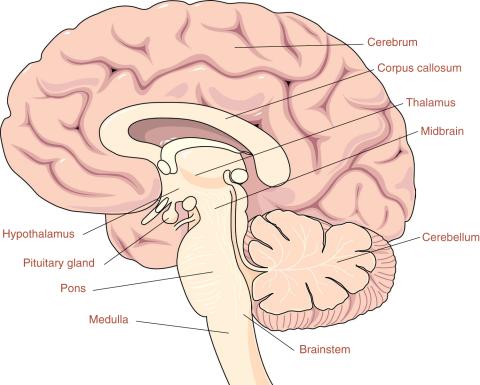
Learn to Code: Mental Disorders
Mental health; mental disorders; ICD-10-CM; medical coding; awareness

5 min read
May is Mental Health Awareness Month, a time to eradicate stigma around mental disorders and provide support for the millions of Americans who live with a mental health condition. Let’s explore mental disorders and how they are classified in ICD-10-CM.
The AHA Central Office frequently answers questions about mental disorders. Between 2013 and 2023, the number of questions with any of the following terms in the title increased by 500 percent:
- Depression
- Depressive
- Bipolar
- Anxiety
- Suicide
- Suicidal
- Mental
Notably, the year with the most mental health-related questions was 2020 (70 questions).
What are mental disorders? How are mental disorders classified in ICD-10-CM?
There are a variety of mental disorders, and mental disorders of all types are classified in chapter 5 of ICD-10-CM. Let’s explore some of the major classifications.
Due to Known Physiological Conditions
Mental disorders due to a known physiological condition are classified to categories F01 through F09 and include the following categories:
- Dementia
- Delirium, amnesia, and personality and behavioral disorders due to a known physiological condition
- Organic brain syndrome
- Organic anxiety disorder
The disorders classified to these categories are grouped together because they have a demonstrable etiology in cerebral disease, brain injury, or other insult leading to cerebral dysfunction.
Schizophrenic Disorders
Another category of mental disorders is schizophrenic disorders, which is classified in category F20. Schizophrenia is a severe mental illness characterized by a variety of symptoms that can include:
- Bizarre behavior
- Disorganized thinking
- Disorganized speech
- Decreased emotional expressiveness
- Diminished or loss of contact with reality
- Diminished to total social withdrawal
The fourth character of a schizophrenic disorder indicates the type of schizophrenia.
Affective Disorders
Affective disorders are common mental diseases with multiple aspects, including biological, behavioral, social, and psychological factors. They are also known as “mood” disorders. Some common affective disorders include:
- Major depressive disorder (MDD)
- Bipolar disorders
Mood or affective disorders are classified under categories F30-F39 in ICD-10-CM.
Nonpsychotic Mental Disorders
Conditions such as phobic anxiety disorders, reaction to stress, dissociative and conversion disorders, somatoform disorders, and other nonpsychotic mental disorders are classified in categories F40 through F48 of ICD-10-CM.
Behavioral Syndromes Associated with Physiological Disturbances and Physical Factors
Categories F50 through F59 of ICD-10-CM are devoted to behavioral syndromes associated with physiological disturbances and physical factors. Some of the conditions in this grouping include, but are not limited to:
- Eating disorders (such as anorexia nervosa and bulimia nervosa)
- Sleep disorders not due to a substance or known physiological condition
- Sexual dysfunction not due to a substance or known physiological condition
- Mental and behavioral disorders associated with the puerperium
- Abuse of non-psychoactive substances
Substance Abuse Disorders
Substance abuse and dependence are classified as mental disorders in ICD-10-CM. Scientific evidence shows that these disorders exist on a spectrum based on use: codes for abuse, substance use disorder, and codes for dependence are assigned in categories F19. There are also codes for “in remission” for both substance dependence and substance abuse.
How do diagnoses from DSM-5 factor into ICD-10-CM coding assignments?
Although coding assignments for mental disorders are made according to ICD-10-CM, psychiatrists often state diagnoses using different terminology that is found in the Diagnostic and Statistical Manual of Mental Disorders, Fifth Edition Text Revision (also known as DSM-5-TR), which is published by the American Psychiatric Association (APA). DSM-5-TR and ICD should be thought of as companion publications with 2 complementary primary purposes:
- The primary purpose of DSM-5-TR is to extensively describe the criteria used by psychiatrists to diagnose mental disorders.
- The objective of ICD is to provide codes for psychiatry and all other areas of medicine that can be used for insurance reimbursement and the monitoring of morbidity and mortality statistics.
The DSM-5-TR lists ICD-10-CM codes for specific mental disorders, but the disorder names do not always match.
Conclusion
There are many diseases that are classified as mental disorders in ICD-10-CM. For more information about how mental disorders are classified in ICD-10-CM, consult Chapter 15 of the ICD-10-CM and ICD-10-PCS Coding Handbook. And don’t forget to consult Coding Clinic to learn about specific scenarios that discuss mental disorders.
